The Different Types of Whey Protein
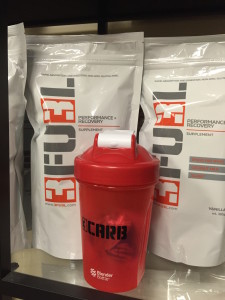 Right now, whey is likely the most popular protein supplement on the market. It’s also the most expensive. The two do not necessarily go hand in hand, as we can all name a lot of stuff that is both cheap and popular – unfortunately, whey only falls into one of those categories. For those of you who remember the ’90s when whey protein first hit the market, you’ll recall that it was about $40 for just over two pounds. The price dropped considerably since then and the technology got much better, as did the quality of whey being offered.
Right now, whey is likely the most popular protein supplement on the market. It’s also the most expensive. The two do not necessarily go hand in hand, as we can all name a lot of stuff that is both cheap and popular – unfortunately, whey only falls into one of those categories. For those of you who remember the ’90s when whey protein first hit the market, you’ll recall that it was about $40 for just over two pounds. The price dropped considerably since then and the technology got much better, as did the quality of whey being offered.
Whole milk and is about 87% water and 13% solids. With whole milk, the solid portion breaks down to: 27% protein, the same amount of lactose (27%) and roughly the same amount of fat (actually 30%). Of that 27% protein, 20% is whey and the rest (80%) is casein. By weight, there’s less than a gram of whey in 100 grams of whole milk (again, we’re talking by liquid weight). So you can see why the stuff is so expensive.
Today, there are three primary types of whey protein being offered, whey protein concentrate (WPC), whey protein isolate (WPI), and whey protein hydrolysate (WPH) [FYI: whey protein hydrolysate is what we use in 3Fuel].
Whey Protein Concentrate (WPC)
This is the cheapest form of whey. It’s been concentrated to primarily contain protein (hence the name). The quality varies on this kind of product immensely, with lower end concentrates being 29% protein and higher end concentrates being 89% (called WPC29 and WPC89, for obvious reasons). The low end concentrates are used mostly for food products (baking, prepared foods, prepackaged stuff, etc…). The higher end concentrates are what you would typically find being used in the nutritional industry for protein shakes (some manufacturers use the really, really cheap stuff too). Whey Protein Concentrate is also the easiest form of whey to flavor. It’s no surprise that the cheapest and easiest-to-flavor form of whey is the kind you will see all over the market; too bad it’s also the least researched and least beneficial. We found the following information in a study on whey proteins:
Interestingly enough, WPC-70 and WPC-80 (70% and 80% concentrations of protein, respectively) are the most common forms of whey PRO used within sports supplements, largely due to current raw material pricing and possibly improved taste characteristics when compared to either WPI or various forms of WPH. Paradoxically, the vast majority of whey PRO research has utilized either WPI or WPH.
Obviously this is not how we conduct ourselves at 3Fuel – if the majority of research is on a certain type of ingredient, and we want to get the greatest results, that’s what we use – we don’t use another form because it’s cheaper or easier to flavor.
A final consideration is that various hormones, typically given to dairy cows, are lipophilic (literally “fat loving”), and this means that they’d be present in the greatest quantity in whey concentrate as opposed to isolate or hydrolysate. (We use hydrolysate in 3Fuel, but it’s also non-GMO/Free-range/grass-fed whey, so for this purpose, it wouldn’t matter either way)
Whey Protein Isolate (WPI)
This is mostly protein, or at least 90%, by definition. This stuff probably started out as a concentrate, and was further processed to remove even more of the fat and lactose. There are a lot of different methods for doing this, with many of them being patented and unique to various manufacturers (cross flow, cold filtered, ion exchange, etc…). The primary advantage of WPI is that you end up with less fat and lactose as compared to WPC. Because it requires additional processing over WPC, it’s more expensive. Oh…and because it’s got less fat and sugar, the taste isn’t as appealing to most people.
Whey Protein Hydrolysate (WPH)
After whey protein isolate, you have the hydrolysate version, which requires yet another step in the manufacturing process (again, making it more expensive to produce). Some people call this “predigested” protein and that’s a pretty good explanation. Your body actually hydrolyses most proteins before it can absorb and use them. So by ingesting a whey protein hydrolysate, you’re cutting out part of this process, as compared to WPC or WPI, which require more digestion. That’s not all – you’re actually getting a far more substantial increase of insulin (but not glucose). This is a good thing, because insulin is responsible for pushing more fuel into your muscles. Compared to WPI, hydrolysates produce 28% more insulin.
This insulin response is especially effective both before and during resistance training, where hydrolyzed protein not only aids recovery but also helps to build muscle. Believe it or not, whey protein plus carbs is actually more effective than carbs alone for replenishing muscle glycogen, and can more greatly enhance post-exercise muscle glycogen resynthesis – this is probably because of the additional insulin you get with WPH (which is glucose independent).
This is also why we formulated 3Fuel with WPH, fat, and carbs – you’ll pre- and re- fuel your muscles more effectively, not to mention recover more quickly, than if you’d just used carbs or WPH alone (or any of the other forms of whey). Unlike chronically elevated insulin levels (which can come from ingesting too many bad carbs), and can cause fat gain, the effect of high-quality protein intake is a reduction in fat.
Unfortunately, because this type of whey has even less fat and sugar than WPI, it’s got the least appealing flavor, and is the most difficult to work with. But when we started using WPH instead of the other whey(s) we’d used, there was an immediate performance increase (remember, we made this product for ourselves originally, not to sell). So although it’s more difficult to flavor, and more expensive, this is what you’ll find in 3Fuel.
___________________________
Obviously we think whey protein hydrolysate is superior to the other forms of whey, at least for pre/intra/post use. That’s why we use it in our product. If you’re going to have a whey protein shake at another time of day, not related to your training or competition – then it may not matter as much…and we’ll be honest here, if you’re not lactose intolerant, you should shop for the best value.
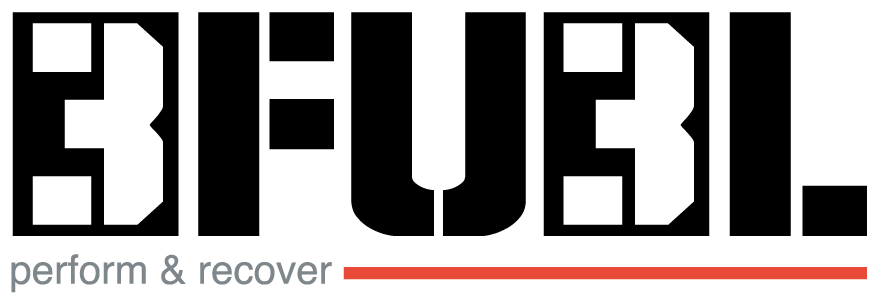
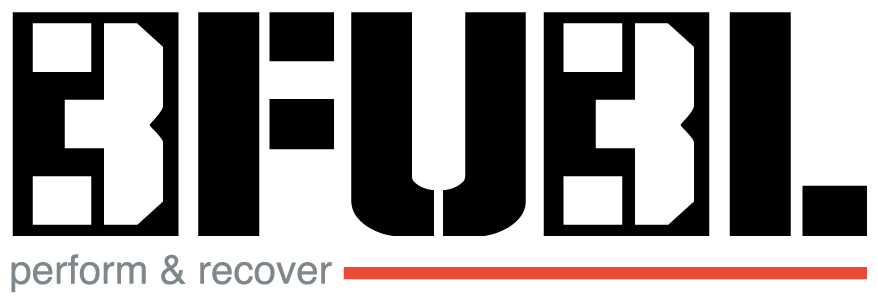
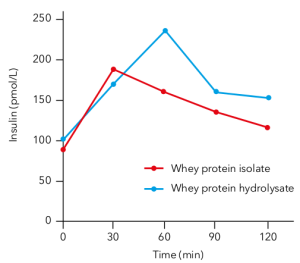
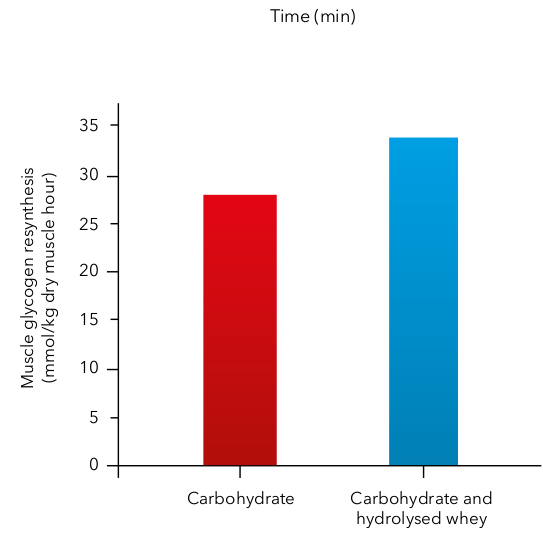
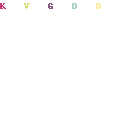
3 Comments. Leave new
[…] Educate yourself on the different types of whey protein […]
[…] Different types of Whey Protein, 3 Fuel […]
Great read, thank you for displaying the facts in a non-biased write up. We normally tell people that call or ask us at our company that the best way to get protein, is just by plain old food. Chicken, beef, fish, etc. Protein should only be used to supplement when you can’t eat, or when you need a few extra grams per day.